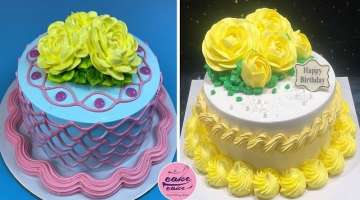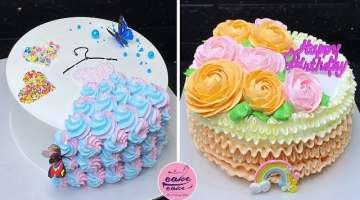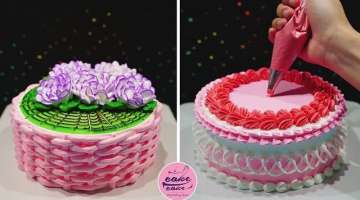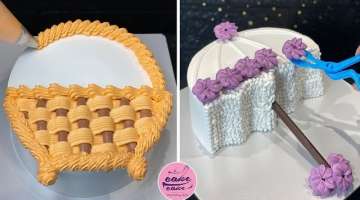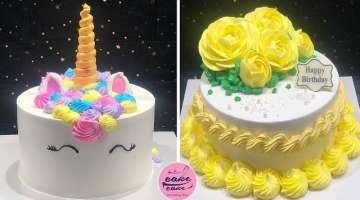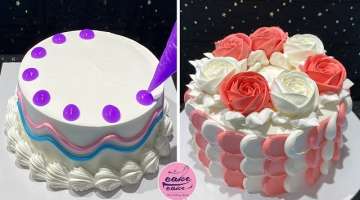Caring For Your House Plants All Necessary İnformation For
I call this article “Poppy’s House Plant Guide” because I cover most all factors that have an impact on a house plant’s health- lighting, watering, humidity control, air circulation, temperature control, fertilizing, and potting.Lighting for House Plants
Besides food and water, light is one of the most important needs of plant survival. Light absorbed by plants enable them to convert it’s energy into sugars and starches they need to grow and survive. No light or inadequate light has a detrimental effect on plants.
- 1 | 13

If we pay attention to our plants, they will tell us if their needs are being met- especially light. Your plant is telling you that it needs more light if it becomes pale or spindly. It will also lean toward the most source of light. Another indicator of not enough light is if a flowering plant fails to produce any flowers or at least weak blooms. Soil in the container will be continually wet which will cause root rot and the plant will slowly die.
- 2 | 13

The amount of light varies by plant. The best way to know in advance is to take note of the lighting requirements that are usually included with your plant purchase. Variations range from artificial room light to hours of direct sunlight.
- 3 | 13

A general rule of thumb. Flowering house plants usually require more light than foliage plants. Seasonal Factors Need to be Considered We know that the sun is most directly overhead during the summer months and well to the south in the winter. North facing windows receive the least amount of light year round. Southern facing windows gain the most amount of light and heat during the summer months. They continue to receive a significant amount of light in the winter months, but just not as intense (hot).
- 4 | 13

These seasonal variances make placement of plants very important. You may want to use what I call a dynamic approach to plant placement. The dynamic approach requires that plants be moved during season variations according to light requirements of the specific plants.
- 5 | 13

The dynamic approach offers the opportunity to be creative. Try using different groupings. Mix in some foliage plants with with flowering plants during the winter in a south window. Then create another display during the summer months.
- 6 | 13

South Window Plenty of light year round; great for plants requiring plenty light; exposure provides more area of light. East Window Considered the best all round exposure; cooler than a west window; warm early morning light; bright light for most of the day; good for both flowering and foliage plants. West Window Receives warmer afternoon sun and bright light for most of the day; only disadvantage is the possibility of overheating some plants; good for flowering and foliage plants. North Window No sun, but bright light during the summer: coolest window in the house, especially during the winter(may be drafty as well); for foliage plants mostly.
- 7 | 13

Meeting plant lighting requirements can be assisted with the use of artificial light. Of course natural light is best, but sometimes a dark corner would be an excellent place for a particular plant. Not all artificial light sources will work however. The incandescent light (regular bulb like a house lamp) is a poor source. They may help if the plant is already receiving some natural light. The best sources of artificial light are fluorescent and halogen lamps. Their output is very near that of natural light and plants do well under them. For best results, ensure the plants get 12 to 14 hours of light. A timer would save you a lot of trouble here. Be careful not to get the light too close to the plant to prevent overheating.
- 8 | 13

Did you know that herbaceous plants need water to stand up? Water to the plant is like air in a balloon. The limp balloon becomes rigid when air is forced into it. An herbaceous plant becomes able to stand up when water fills cells. That is why plants wilt from the lack of water.
- 9 | 13

Dry air surrounding a plant causes a plant to loose much of its reserve water as it breathes. The more moisture in the air surrounding the plant slows down the amount of moisture escaping. Therefore, it is not only important that the roots have moisture, but the surrounding air as well.
- 10 | 13

Cactus (succulents) and other plants with thick, waxy, or leathery leaves can tolerate dry air better than others. They store water in their leaves and stems for dry days. Similar to a camel storing water for long treks across the desert. Plants that have thinner leaves are more susceptible to suffering from the lack of moisture in the air. In other words, the more humidity, the better. I say this with “tongue-in-cheek”, however. High humidity is the breading ground for fungus- don’t over do it!
- 11 | 13

Once again, pay attention to your plants because their symptoms will tell you if the air is too dry. Curled leaves and dry leaf tips are a good indication of dry air. Dry air can cause flower buds to turn brown and fall off. An energy efficient home can be a plant’s worst enemy.
- 12 | 13

Just the average home contains less than 30% humidity! Even lower in some energy efficient homes. Not even good for cactus or other succulents. Deserts have more humidity. Another factor is the area in which you live. The West/Southwest have areas of very low humidity. Areas of the South and Northeast are known for high humidity. For plants, a relative humidity (amount of moisture in the air) between 50 to 60 percent is ideal.
- 13 | 13

Another “varmint” for plants is the air conditioning system. In order to cool the home, an air conditioner removes moisture from the air. How can you raise the humidity? There are some approaches you can take to add moisture to the air. Use saucers to place the plants in. Fill the saucer with water. The evaporation of the water from the saucer will help add moisture to the air immediately surrounding the plant. CAUTION! Do not allow the bottom of the pot to sit in the water. This can cause root rot, formation of fungus, and other problems. Use something to keep the pot elevated out of the water.
